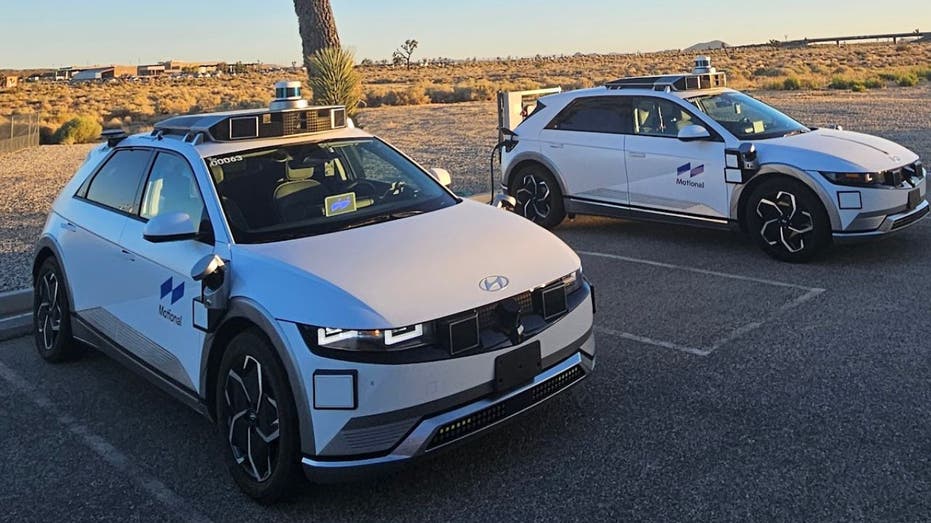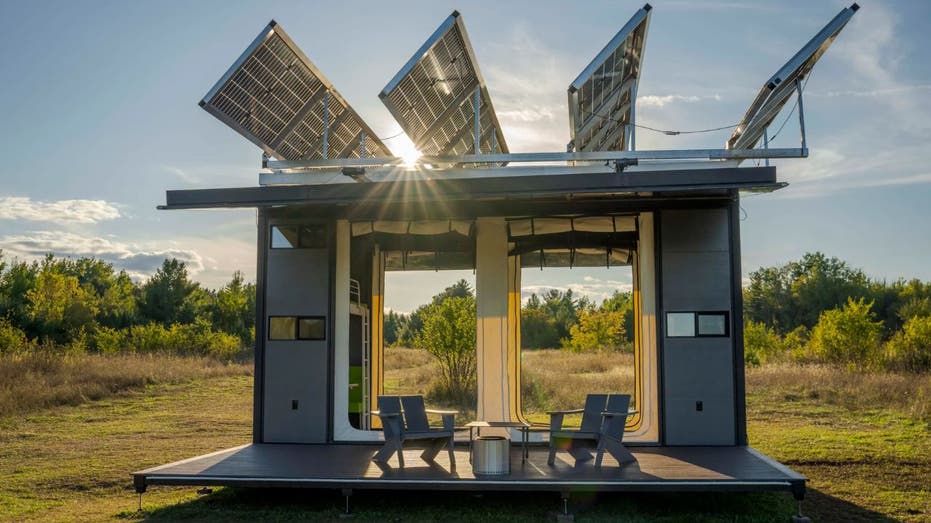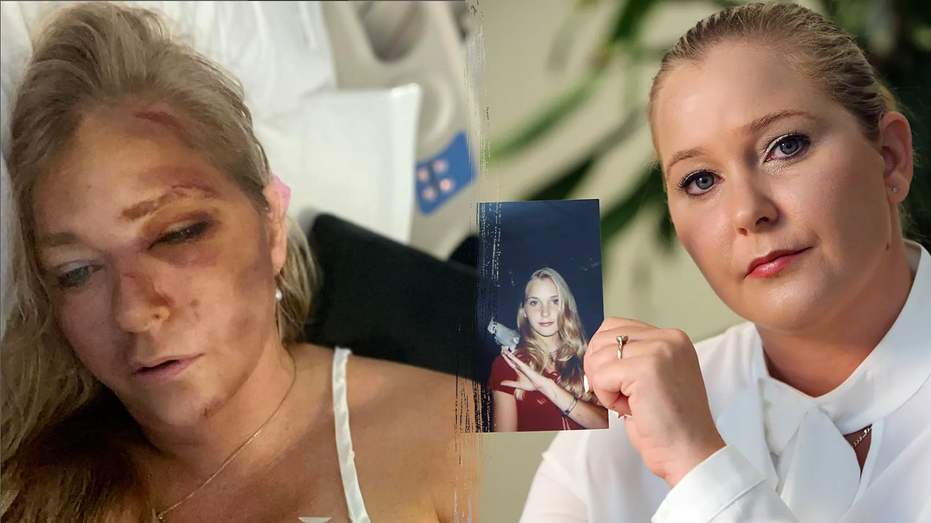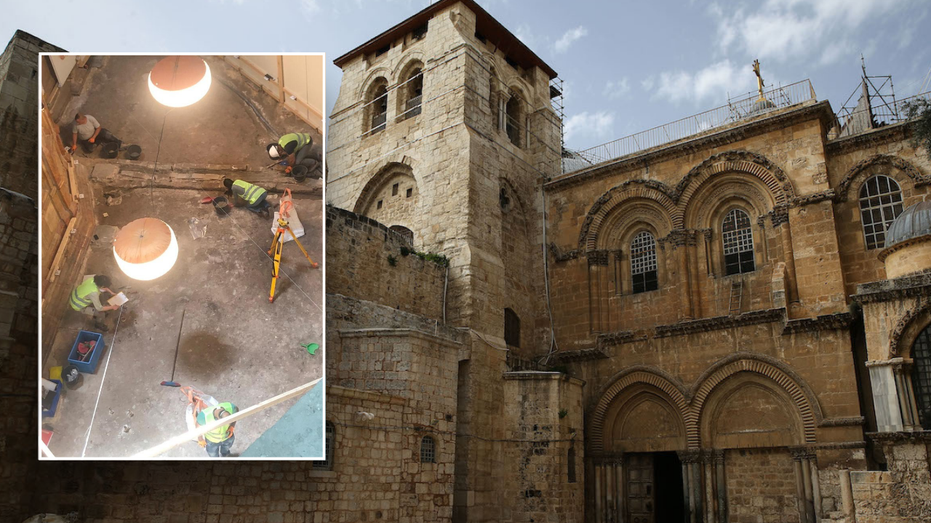- by foxnews
- 05 Apr 2025
Autonomous robotaxi successfully completes 75 mph highway testing
Motional is developing autonomous vehicles capable of handling a wide range of real-world scenarios. Its high-speed robotaxi testing reached speeds of 75 mph.
- by foxnews
- 27 Feb 2025
- in technology

Ever wonder when you'll actually see self-driving robotaxis on the highway?
Well, Motional is getting closer.
While achieving high speeds is impressive, Motional's focus extends beyond mere velocity. The company emphasizes the importance of passenger comfort and enjoyment in their autonomous vehicles. To this end, Motional incorporates non-engineer feedback on ride comfort and conducts data analysis comparing rider feedback to system performance.
Furthermore, they are leveraging machine learning to predict rider responses to various events. This comprehensive approach aims to create not just safe but also comfortable and enjoyable autonomous rides.
Motional's successful high-speed testing is a crucial step toward commercial highway operations for autonomous vehicles. By expanding its capabilities from urban environments to highway speeds, Motional is paving the way for broader applications of its driverless technology.
Motional's high-speed robotaxi testing, reaching speeds of 75 mph, is a major milestone for self-driving cars. They're wisely focused on safety and comfort alongside speed. This really pushes the technology and shapes how we'll get around in the future.
Follow Kurt on his social channels:
Answers to the most asked CyberGuy questions:
New from Kurt:
Copyright 2025 CyberGuy.com. All rights reserved.
- by foxnews
- descember 09, 2016
Excavation near site where Jesus was crucified and buried results in ancient discovery
Proof of ancient olive trees and grapevines, consistent with a Bible verse, has been found at the Church of the Holy Sepulchre in Jerusalem, an archaeologist confirms.
read more





